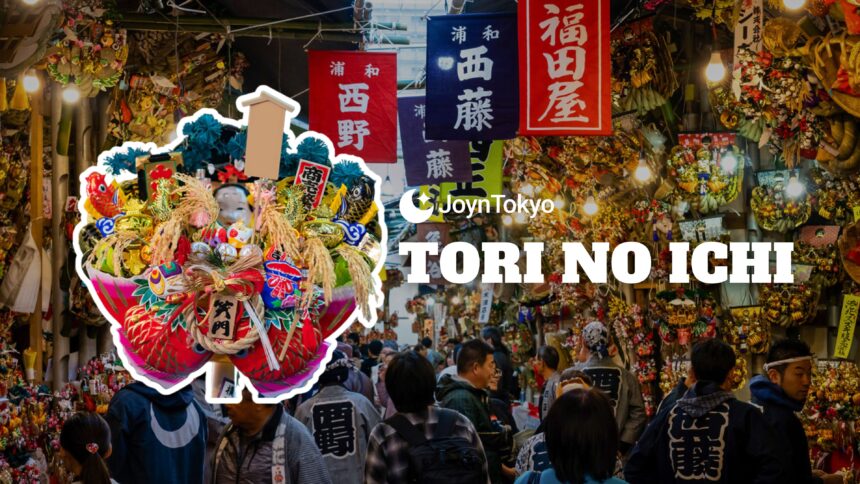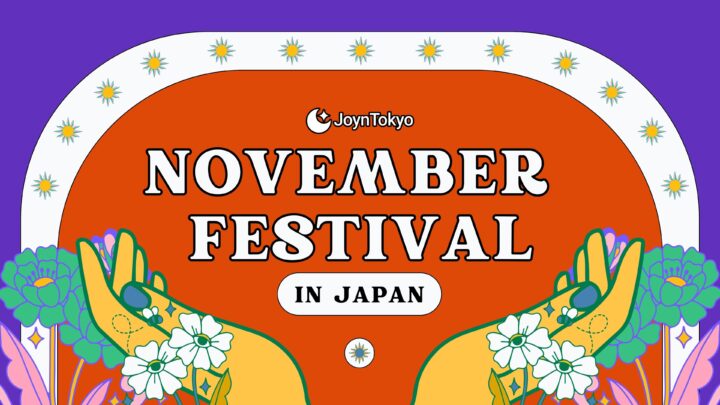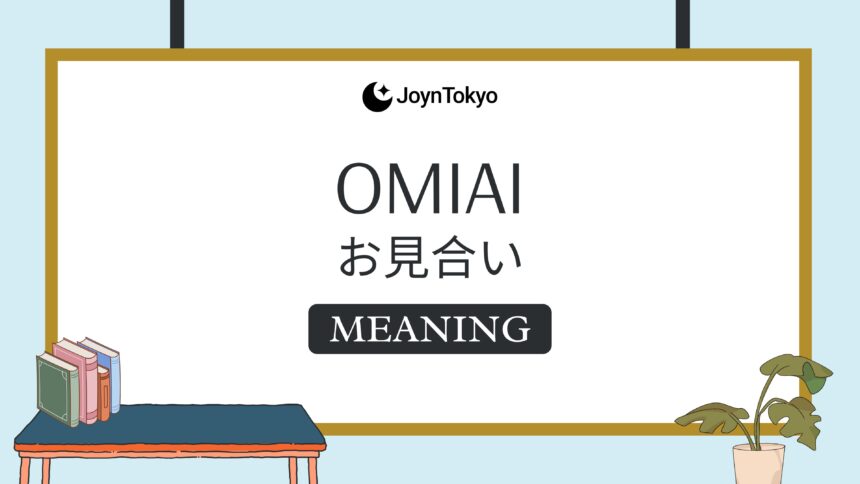As the crisp air of November settles over Tokyo, something magical begins to stir. Lanterns flicker to life, chants rise through the night, and the streets fill with the rhythmic clapping of merchants sealing promises of luck. This is Tori no Ichi, one of Tokyo’s most spirited traditions — a festival where business owners, dreamers, and families gather to “rake in” good fortune for the year ahead.
You’ll know you’ve arrived when you spot the dazzling kumade: ornate bamboo rakes shimmering with gold coins, cranes, and tiny masks of lucky gods. But behind the bright decorations and laughter lies something deeper: a timeless ritual of gratitude, ambition, and renewal that continues to define Japan’s festive season.
Read More
What Is Tori no Ichi?
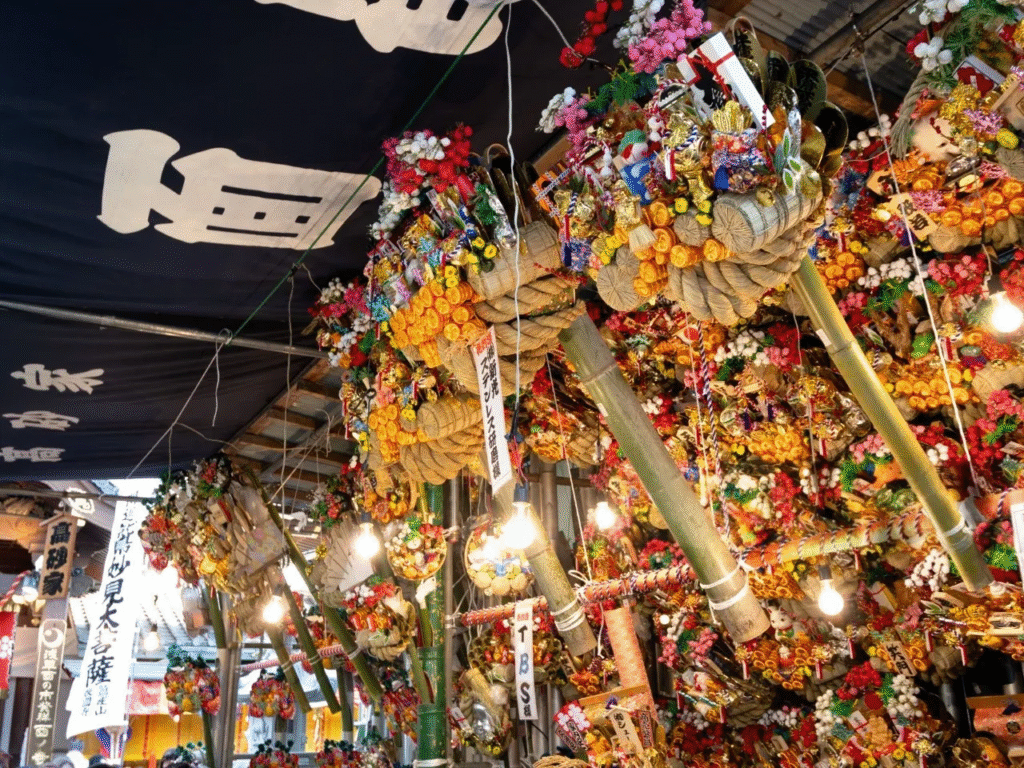
Tori no Ichi (酉の市) literally means “Rooster Market.” The festival takes place at various Otori Shrines across Japan, with Tokyo hosting some of the most famous ones. It’s held on the Days of the Rooster in November, according to the old lunar calendar, which means the exact dates change slightly each year. In 2025, it will be occurring on November 12 and 24 and admissions are free, so save the dates if you’re interested.
The tradition dates back to the Edo period (1603–1868), when farmers and merchants gathered to give thanks for good harvests and pray for business success. Over time, it evolved into a bustling market where people buy decorative rakes to symbolize their hopes for prosperity in the coming year.
The Meaning Behind the Kumade
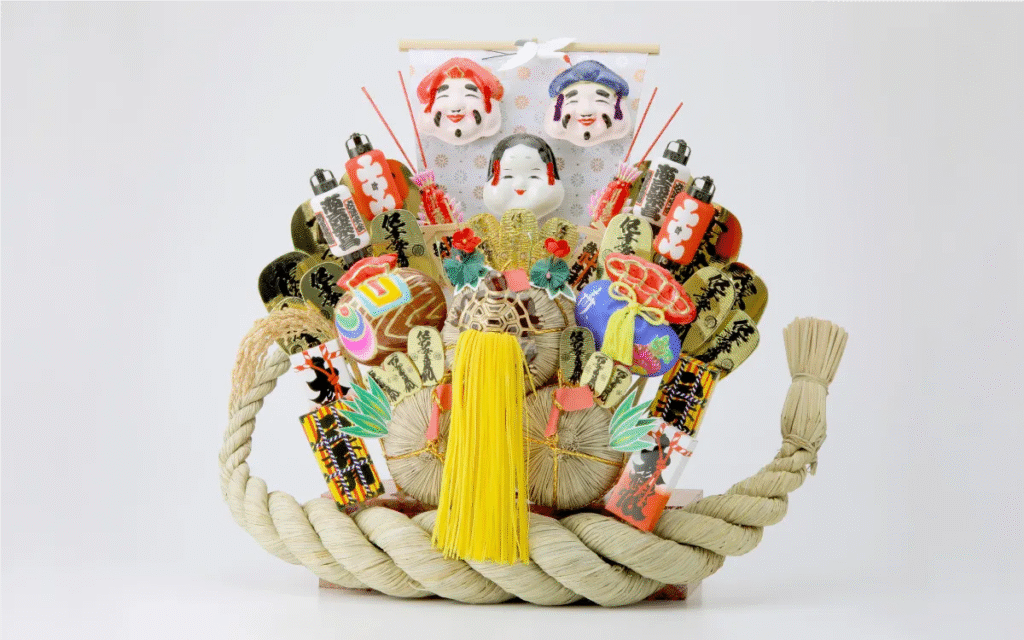
At the heart of every Tori no Ichi is the kumade (熊手): a bamboo rake lavishly decorated with gold coins, masks of lucky gods, miniature cranes, rice bales, and other charms. Each piece tells a story of good fortune and ambition.
When someone purchases a kumade, it’s not just a transaction — it’s a ritual. The shopkeepers clap rhythmically and chant “Sanbon-jime”, a traditional cheer to seal the wish for luck and success. Buyers often upgrade to a larger rake each year, symbolizing growing fortune and progress.
Where to Experience Tori no Ichi in Tokyo
There are multiple Tori no Ichi celebrations, each with its own character and charm. If you want to experience this tradition, here are the biggest Tori no Ichi Festivals in Tokyo.
Asakusa’s Otori Shrine

The most famous Tori no Ichi takes place at Otori Shrine in Asakusa, where crowds fill the narrow streets lined with stalls selling food, charms, and kumade of every size. The air buzzes with voices, the clapping of merchants, and the aroma of grilled chicken — it’s a full sensory experience.
Hanazono Shrine in Shinjuku

Another major spot is Hanazono Shrine in Shinjuku, a favorite among local business owners and entertainers. The nighttime atmosphere here is electric, with lanterns illuminating the shrine grounds and festival-goers sharing drinks and laughter after making their offerings.
Ootori Shrine in Meguro

For a slightly quieter but still authentic experience, Ootori Shrine in Meguro offers a more local vibe. You can take your time choosing a kumade and enjoy the community warmth without the overwhelming crowds of central Tokyo.
Read More
What to Expect at the Festival
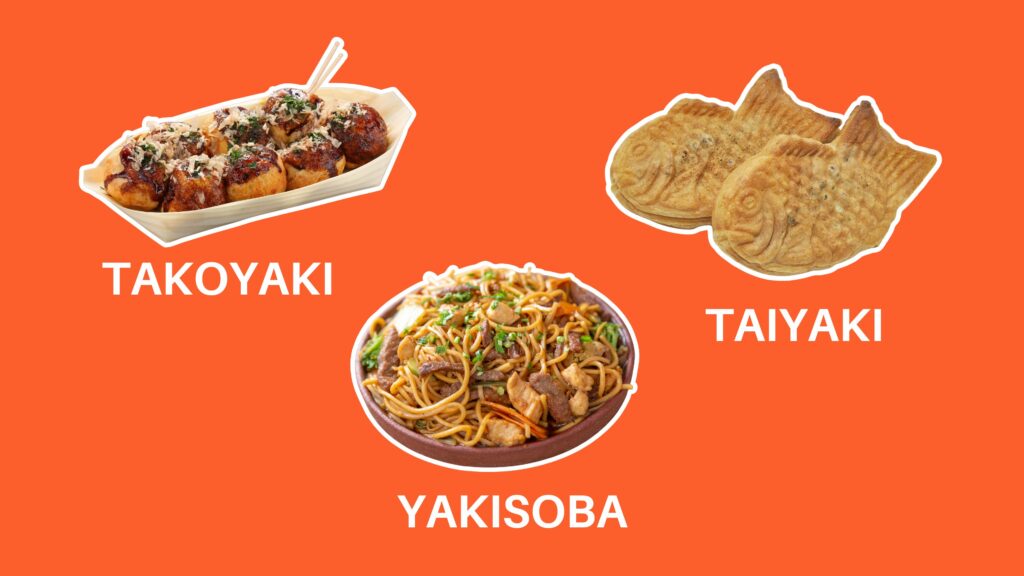
Walking through a Tori no Ichi market feels like stepping into a piece of living history. You’ll see visitors bowing before shrines, families selecting lucky charms, and food stalls selling classics like takoyaki, yakisoba, and taiyaki.
Many people visit in business attire, coming straight from work to pray for financial success or career advancement. Others go with family or friends to simply enjoy the festive mood and soak in the optimism that fills the air.
Read More
Why Tori no Ichi Still Matters Today
In a fast-paced, digital Tokyo, Tori no Ichi remains one of the few traditions that connects modern life with centuries-old beliefs. The act of choosing a rake, making a wish, and celebrating together feels grounding — a reminder that luck may be invisible, but gratitude and community keep it alive.
So this November, if you hear festive clapping echoing through the streets, follow the sound. You might just find yourself surrounded by glowing lanterns, laughter, and the hope of good fortune for the year ahead.

